The Energy Drinks Market is characterized by intense competition, driven by increasing consumer demand for functional beverages that provide energy and enhance physical and mental performance. This sector has witnessed remarkable growth over the past decade, fueled by a rise in health-conscious consumers and a surge in the popularity of fitness and active lifestyles.
Companies within this market are continually innovating to differentiate their offerings, which has led to a diverse range of products that cater to various consumer preferences, including low-sugar, organic, and caffeine-free options.
Additionally, marketing strategies play a crucial role, as brands are increasingly leveraging digital platforms and influencer partnerships to reach their target demographics. The competitive landscape is not only defined by established players but also by emerging brands that challenge traditional market dynamics, resulting in a rapidly evolving environment.
Rockstar Energy has firmly established itself in the Energy Drinks Market through a combination of effective marketing strategies and a diverse product range that caters to various consumer preferences. The company has a robust presence in multiple countries, leveraging distribution partnerships to enhance market penetration.
Rockstar Energy stands out due to its focus on extreme sports and music culture, which resonates well with its target demographic, particularly younger consumers. The brand offers a variety of flavors and formulations, including sugar-free options, which appeal to health-conscious individuals.
Its strategic collaborations and sponsorships of music festivals and extreme sports events have further strengthened Rockstar Energy's brand recognition and loyalty among consumers. The brand's ability to continuously innovate and adapt to changing consumer trends has positioned it as a competitive player in the global energy drinks landscape.
NOS Energy Drink has carved a significant niche within the Energy Drinks Market by focusing on performance enhancement and energy boost. Known for its powerful formulation and unique flavor profiles, NOS Energy Drink targets a consumer base that values energy and endurance, particularly in athletic settings.
The brand's association with the motorsport industry has played a crucial role in building its identity and visibility, making it popular among racing enthusiasts and sports fans. NOS Energy Drink has built a loyal following due to its marketing strategies that emphasize performance-driven messaging as well as its sponsorships of various sporting events.
Additionally, the company has engaged in strategic partnerships and acquisitions to bolster its distribution capabilities and expand its market reach globally. The strength of NOS Energy Drink lies in its strong branding, innovative flavors, and a commitment to delivering high-quality products that resonate with energy drink consumers around the world.
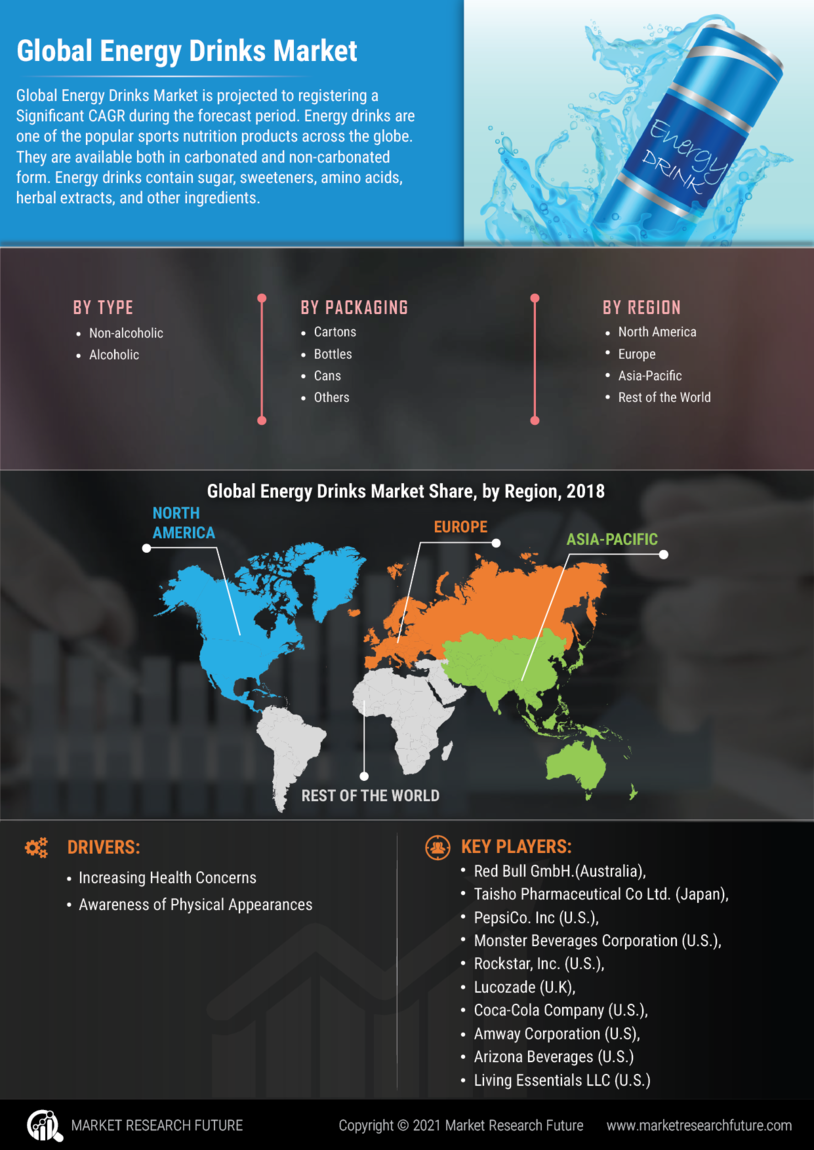

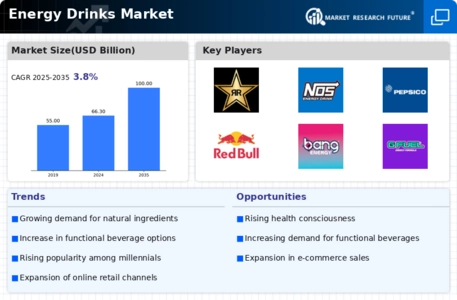
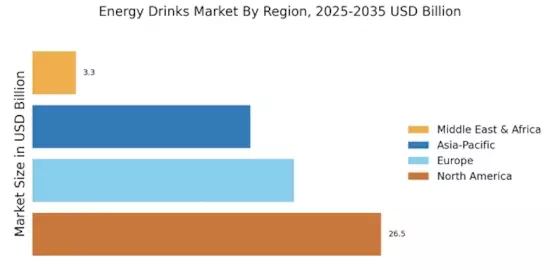
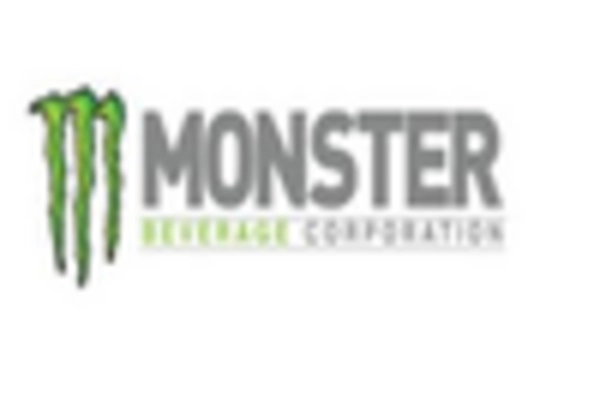
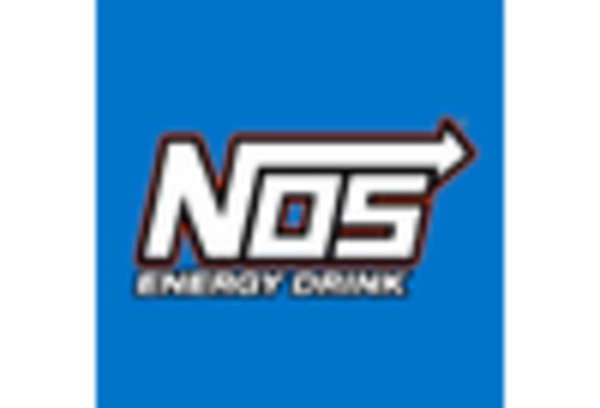
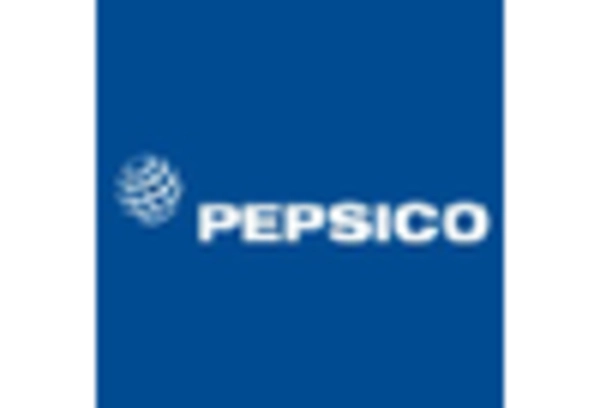
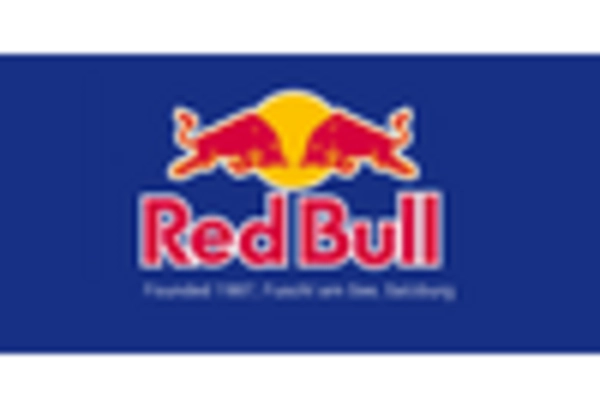
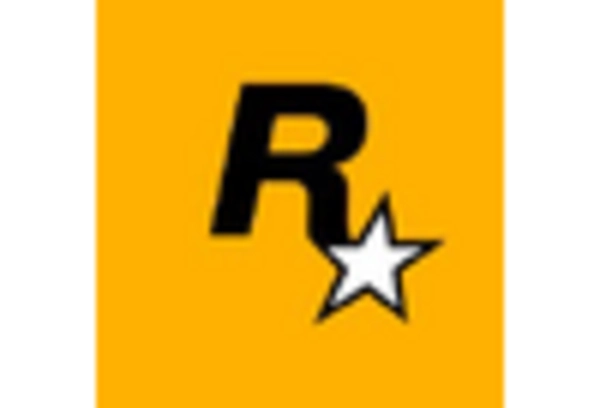
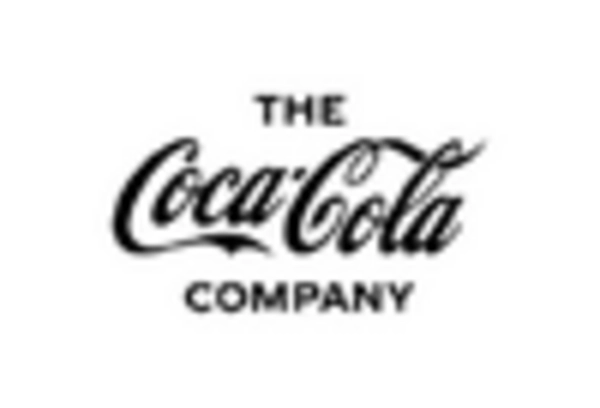








Leave a Comment